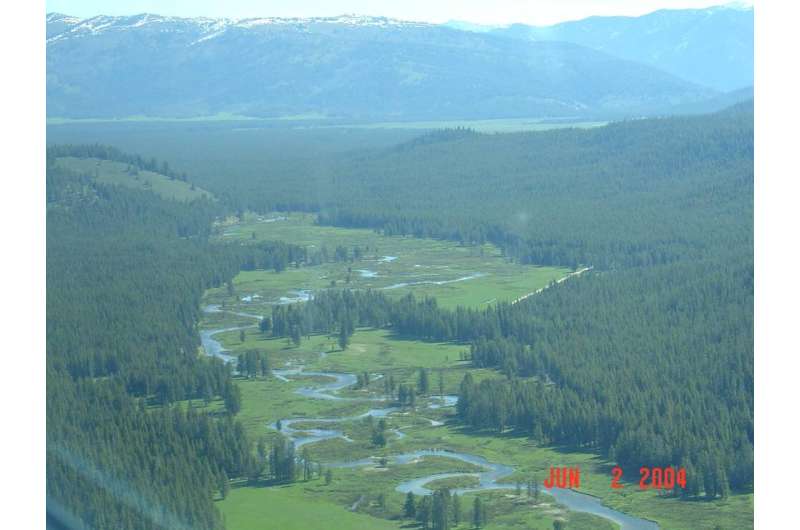
Salmon famously travel hundreds of miles upstream to reach their home waters to spawn, but climate change is shrinking their destination. A new study offers high-resolution details on how Chinook salmon habitats are being lost on Bear Valley Creek, a headwater stream of the Salmon River in central Idaho.
Salmon have exacting requirements for their nests. Each female can use up to six square meters (65 square feet) of riverbed real estate to lay her eggs; the gravel must be just right, the water must be cold and rushing, there must be calm side streams for fingerlings to grow. And of course, there must be enough water flowing in the streams to let the salmon arrive in the first place. Each requirement is threatened.
The study suggests lower water volumes and warming temperatures are dramatically shrinking spawning beds and nurseries for the culturally and economically important fish. Researchers predict salmon here could lose nearly half their total habitat in this river as soon as 2040 due to an estimated 50% decrease in river discharge.